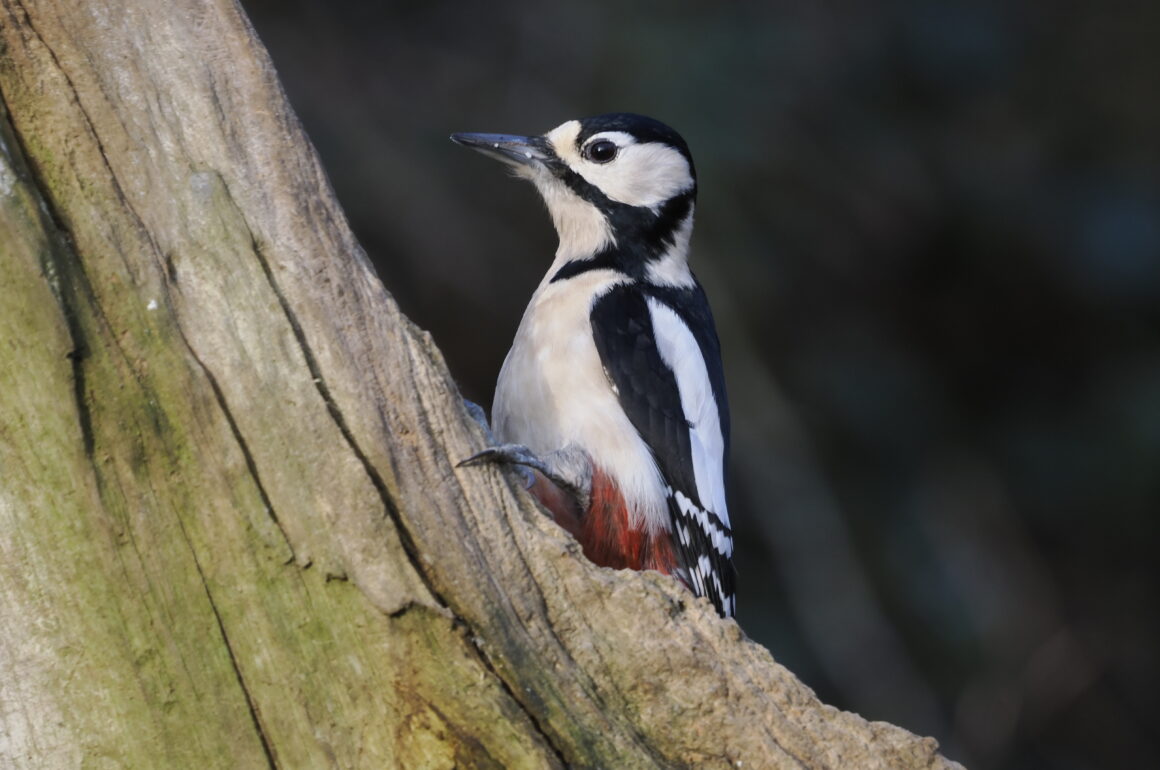
Starting the New Year by trying to see as many species as possible is something of a birding tradition. One of my more memorable New Year’s days was in the Falkland Islands, back in 1989. My diary notes that the New Year dawned grey and windy, but I rose early, walked six miles before breakfast and noted a modest 26 species of birds. Like many offshore archipelagos, birds are few in variety on the Falklands, though many individual species are great in numbers. I was on Pebble Island, which, thanks, to a number of freshwater ponds and lakes, is a great place for wildfowl. My pre-breakfast list was wildfowl dominated, the 10 species I saw ranging from Black-necked Swans to the endemic Falkland Islands Flightless Steamer Duck. The latter are great bruisers of ducks, built like a small battle ship. With bulk like that, it’s no wonder that they gave up flying long ago.
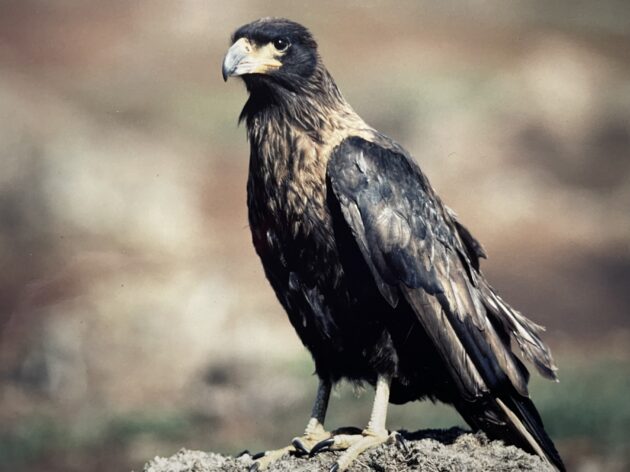
The sea is never far away wherever you are in the Falklands: my diary records “a constant passage of Black-browed Albatrosses, hundreds of birds as far as the horizon, their white undersides catching the sun [the weather must have cheered up!] as they sheered into the wind. Among them were a few Sooty Shearwaters, but try as I did, I failed to find any petrels other than Southern Giants, nor any other Albatrosses.” Re-reading my diary all these years later, it sounds pretty good. My final total for the day was 39 species – not bad considering my combined list for my two-week Falkland trip was just 55 species. You don’t go to the Falklands to knock up a big list, though it’s the best place in the wold to see a Striated Caracara (above).
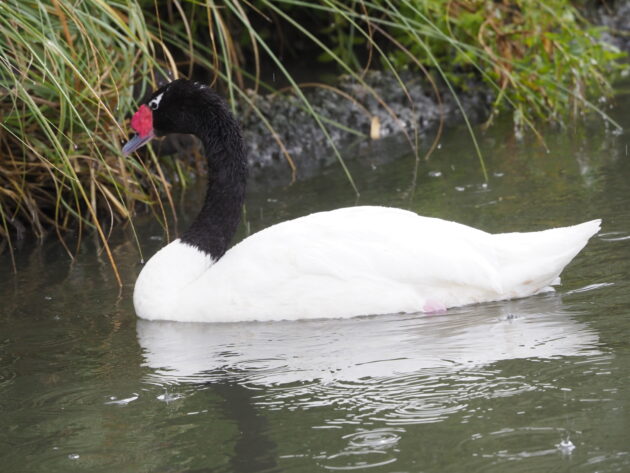
In contrast, I managed 63 species last Monday (1 January 2024) when I tried to see how many species I could find within a modest distance of home. (The farthest I traveled was nine miles). The secret of a good score is visiting as many different habitats as possible, so I started with a pre-breakfast walk along the nearby Little Ouse river at Knettishall Heath, a nature reserve. A major bonus was a bright sunny morning, but there wasn’t a great deal of bird activity. I found most of the birds I was expecting, from Robin to Wren, while I enjoyed the Siskins in the riverside alders. A pair of Mute Swans flew over on creaking wings (they are noisy fliers), while a bonus was hearing a Woodlark singing away on the heath itself. I had been hoping that the Barn Owl I’d seen here a couple of days before would appear, but it was clearly back at its roost.
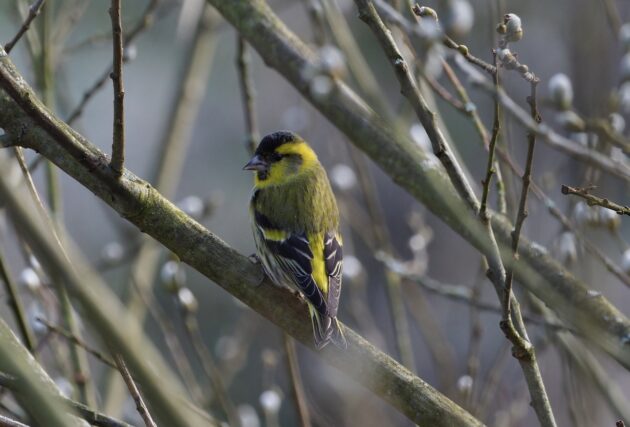
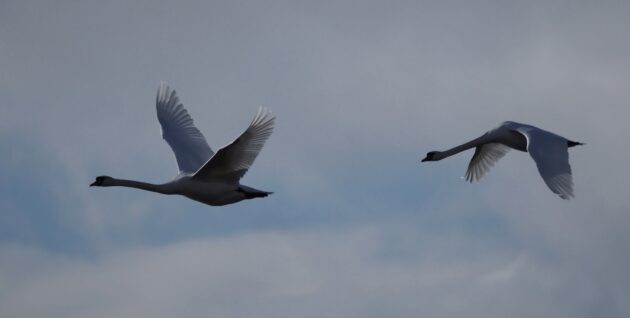
Breakfast at home gave me the chance to tick House Sparrow – the easiest place to find sparrows these days is in my garden. Greenfinches and Dunnocks joined the total which was now over 30.
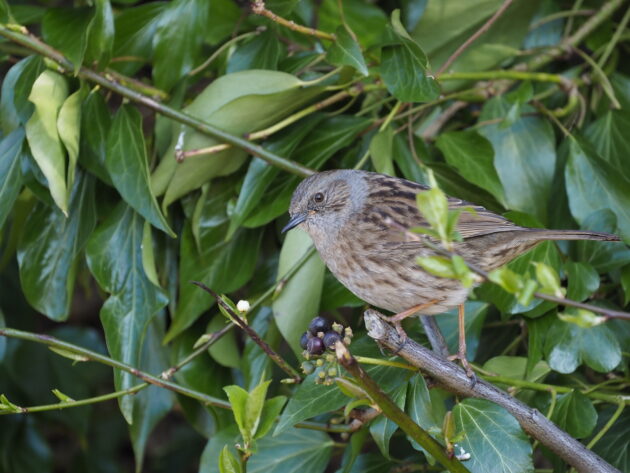
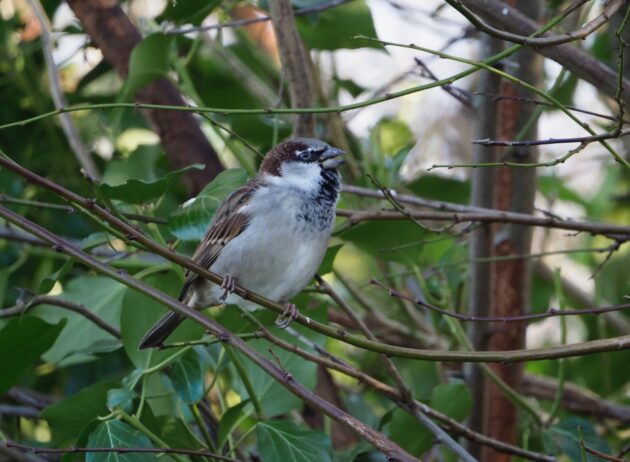
I was soon out again, this time driving to a local estate where the farmer, James, is an excellent conservationist: his headlands planted with wildbird seed mixes attract increasing numbers of finches and buntings as the days start to lengthen and supplies of natural food diminish. A small flock of Fieldfares was the first new tick, quickly followed by Linnet (a flock of over 200), Chaffinch (a flock of about 50, staying close to the hedge), Skylark (a dozen birds with a couple singing) and Meadow Pipit (just one). Several Common Gulls were patrolling the fields. Despite their name, they are not common here, but this farm is always a good site for them in January and February.
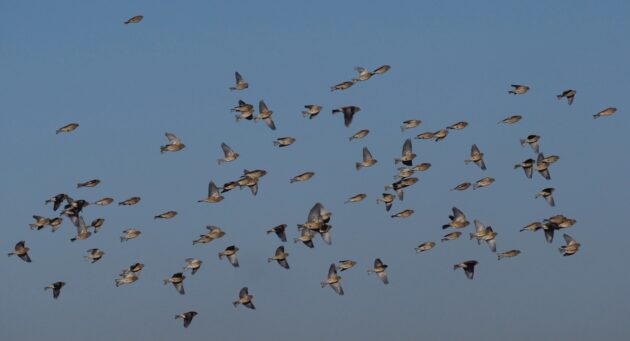
Next stop was Knettishall Heath again, but this time an area of mature woodland. Marsh and Long-tailed Tit joined the list, quickly followed by Nuthatch (heard but not seen), Great Spotted Woodpecker and Jay. Treecreeper would have been a bonus, but none were to be seen.
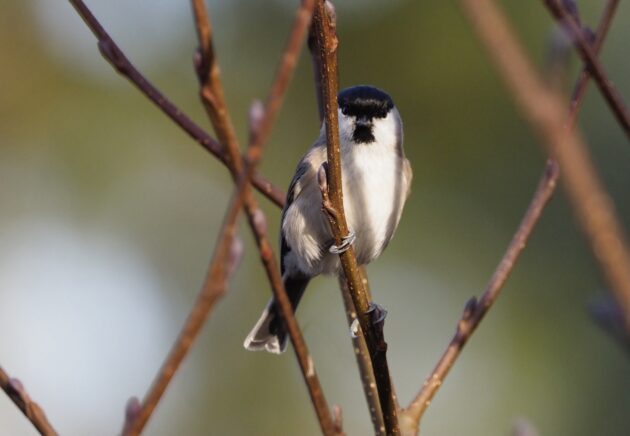
A nearby farm reservoir is often productive, but it disappointed today, with just three additions to the list: Little Grebe, Mallard and Cormorant. Three Buzzards and a couple of Red Kites soared over, but they were repeat sightings of species I’d seen earlier.
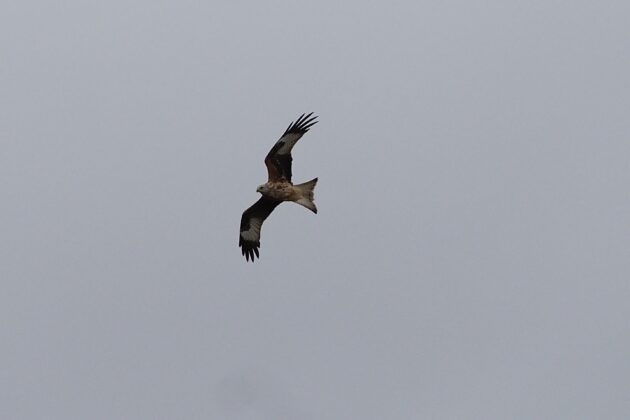
I drove on to a bridge spanning the Black Bourn, a small, shallow river that is a favoured haunt of Kingfishers. Connecting with a Kingfisher is always a matter of luck, so I wasn’t surprised not to see one, but a Grey Wagtail was a pleasing addition, while I also saw my first Moorhen – I’d only heard one earlier.
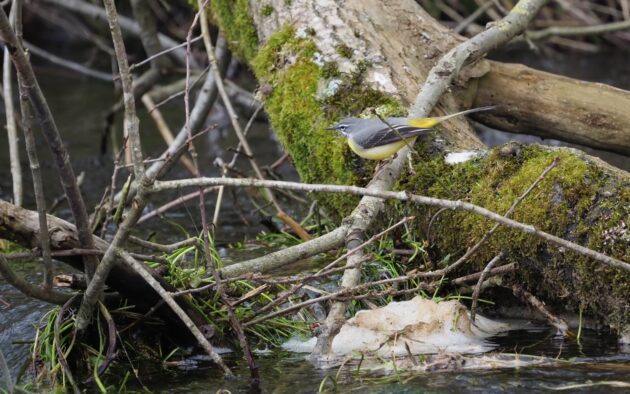
Micklemere is a wetland reserve belonging to the Suffolk Wildlife Trust, and was my next location. I enjoyed a pleasant half hour watching from a hide, but only added the birds I was expecting – Greylag and Canada Geese, Shelduck, Wigeon, Gadwall, Shoveler and Teal – without any bonus birds such as Little Egret or even Grey Heron. Still, I enjoyed my half hour in the hide, as the assorted wildfowl looked splendid in the low winter sun. I noted from the log that I should have been there on Christmas Day, when a White-tailed Eagle had been seen.
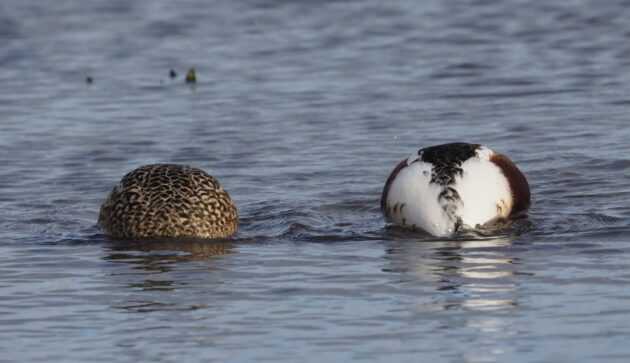
My next site was another wetland – Great Livermere lake. Exactly a year before it had produced a Pintail and a wintering Chiffchaff, but neither was to be seen today. Coot – not the most exciting of birds – joined the list, while on distant arable fields there was a huge congregation of Lapwings. My estimate was over 1500 birds. They made a fine site when they all took to the air – had they been disturbed by a passing Peregrine? If they had I failed to spot it, but I did see a flock of around 50 Golden Plovers mixed in with them, a bird I was hoping to find here.
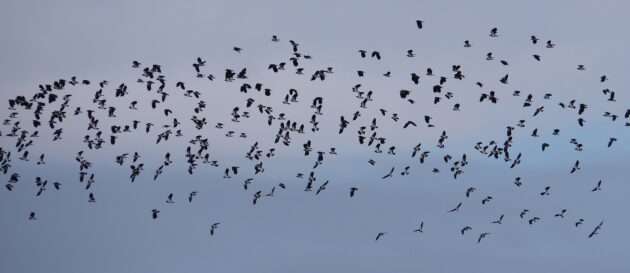
The light was beginning to fade now, as cloud had slipped across the sky, eclipsing the sun, so it was time to head homewards, with just a couple more sites to check out. The first was a stake-out for Raven, a bird that has only recently started nesting in Suffolk again after an interval of around 150 years. The Raven must have been waiting for me, as I soon located it, sitting on top of the tower of St Genevieve’s Church. It was my 60th species of the day. My photograph (below) of this bird is hardly a great picture, but it does capture the raven’s characteristic heavy beak and big head.
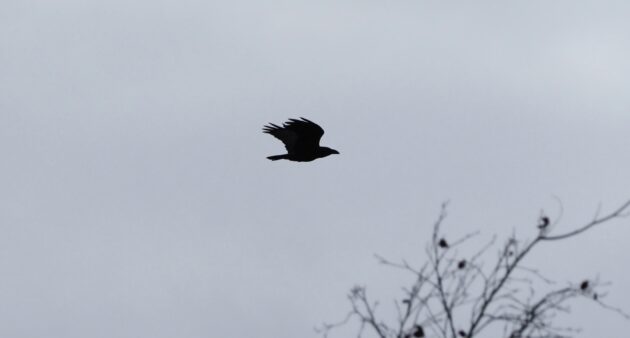
One more site remained to be checked on the six-mile drive home. It produced my best view of the day of a Mistle Thrush, an unexpected Grey Heron, and a trio of Herring Gulls flying over. That brought an enjoyable day’s birding to a suitable conclusion. My total of 63 was hardy impressive, but I hadn’t missed much (Song Thrush being the most notable absentee from my list), and I have at least got 2024 off to a reasonable start.













Nice! We spent New Year in the mountains of the Czech republic where my son went skiing and the wife and I went on winter walks and for coffee & cake. Lots of snow, overcast skies and inspite of looking and listening very, very hard, not a single bird was seen! No crow or magpie, no blackbird or sparrow, NOTHING!
Only when we left the mountains on Jan 3rd did the first birds of the year show up besides the road: magpies, grey heron, carrion crow. I did see two good birds of prey though driving through the Czech republic back to Germany: rough-legged buzzard and 2 white-tailed eagles. So it was a late start, but I am not complaining.